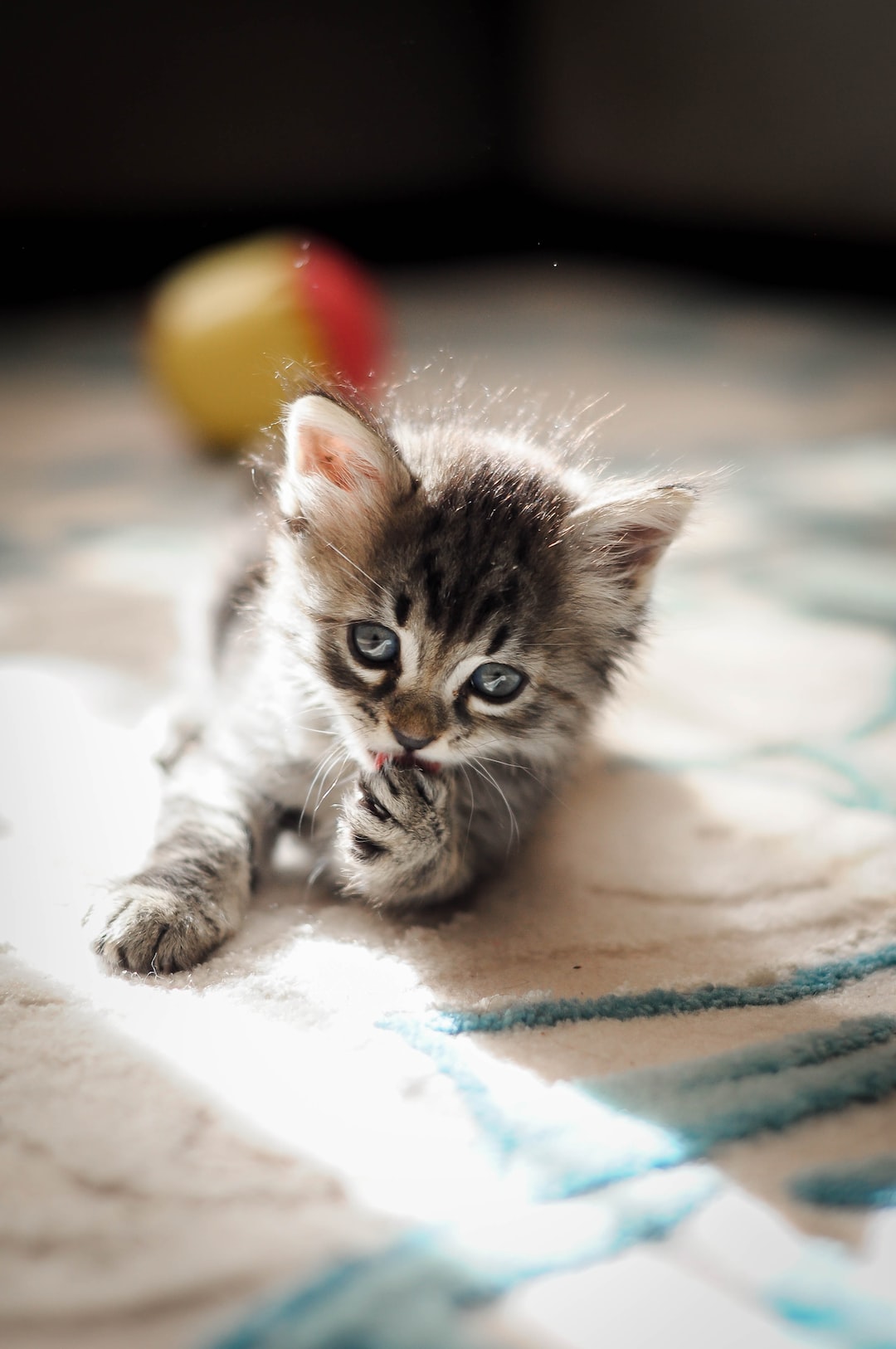Indoor vs. Outdoor Cats: Pros and Cons
Cats have been beloved pets for centuries, known for their independence and playful nature. However, when it comes to allowing your feline friend to roam freely, the question arises: should they be primarily indoor or outdoor cats? Both options have their own set of pros and cons, and it’s important to consider these factors before making a decision.
Indoor cats, often referred to as “house cats,” are those that live exclusively indoors. This choice is becoming increasingly popular among cat owners for a variety of reasons. Firstly, indoor cats are generally safer than their outdoor counterparts. By keeping them indoors, you can protect them from various dangers such as traffic accidents, exposure to toxins, and even attacks from other animals. Additionally, outdoor cats are more prone to injuries and infections, which result from fights or encounters with wild animals.
Another advantage of indoor cats is the prevention of infectious diseases. Outdoor cats have a higher likelihood of contracting illnesses such as feline immunodeficiency virus (FIV) or feline leukemia virus (FeLV) through interactions with other cats. By keeping them indoors, you can minimize the risk of exposure to these potentially fatal diseases.
Indoor cats also have a longer lifespan than outdoor cats. This is due to the aforementioned reduced exposure to dangerous situations and diseases. On average, indoor cats can live up to 15 years or longer, while outdoor cats often have shorter lifespans due to the aforementioned risks they face.
Environmental factors also play a role in choosing between indoor and outdoor living for your cat. Indoor cats are not subject to extreme weather conditions, such as extreme heat or cold, which can be harmful to their health. They are also protected from seasonal hazards, such as ticks and fleas, which can cause discomfort and health issues.
Nevertheless, there are also drawbacks to keeping cats exclusively indoors. One significant factor is the restriction of natural behavioral tendencies. Cats are natural hunters and explorers, so keeping them indoors may result in frustration and boredom. To mitigate this, it’s crucial to provide plenty of mental and physical stimulation through playtime, toys, and scratching posts. Creating a stimulating indoor environment with climbing structures and hiding spots can help satisfy their natural instincts.
While indoor cats may lack the freedom to explore the outdoors, there are ways to introduce safe outdoor experiences. One option is to build a cat-friendly outdoor enclosure, commonly known as a “catio,” where cats can enjoy fresh air and sunlight without being exposed to dangers. It provides the best of both worlds, allowing cats to experience the sights and sounds of the outdoors in a controlled and safe environment.
On the other hand, outdoor cats have their own advantages. They have the freedom to roam, explore, and engage in natural behaviors. Outdoor environments provide opportunities for exercise, mental stimulation, and exposure to different smells and sights. Outdoor cats often display more well-rounded behavior and are less prone to obesity, which can be a concern for indoor cats with limited space.
Nonetheless, allowing cats to be outdoor creatures exposes them to numerous risks. Apart from the aforementioned threat of diseases and injuries, outdoor cats face the danger of being stolen, accidentally trapped, or poisoned. They can also be a source of disturbance to neighboring properties and wildlife. It’s important to consider the impact of outdoor cats on the local ecosystem, particularly their hunting instincts that might affect local birds or small mammals.
In conclusion, the decision to keep your cat indoors or allow them outdoor access is a personal one that depends on various factors. While indoor cats are generally safer and have longer lifespans, outdoor cats enjoy greater freedom and natural behavior. Ultimately, a compromise between the two options can be achieved by creating a stimulating indoor environment while allowing supervised and controlled outdoor experiences. Remember, the well-being and safety of your cat should always be your priority.

